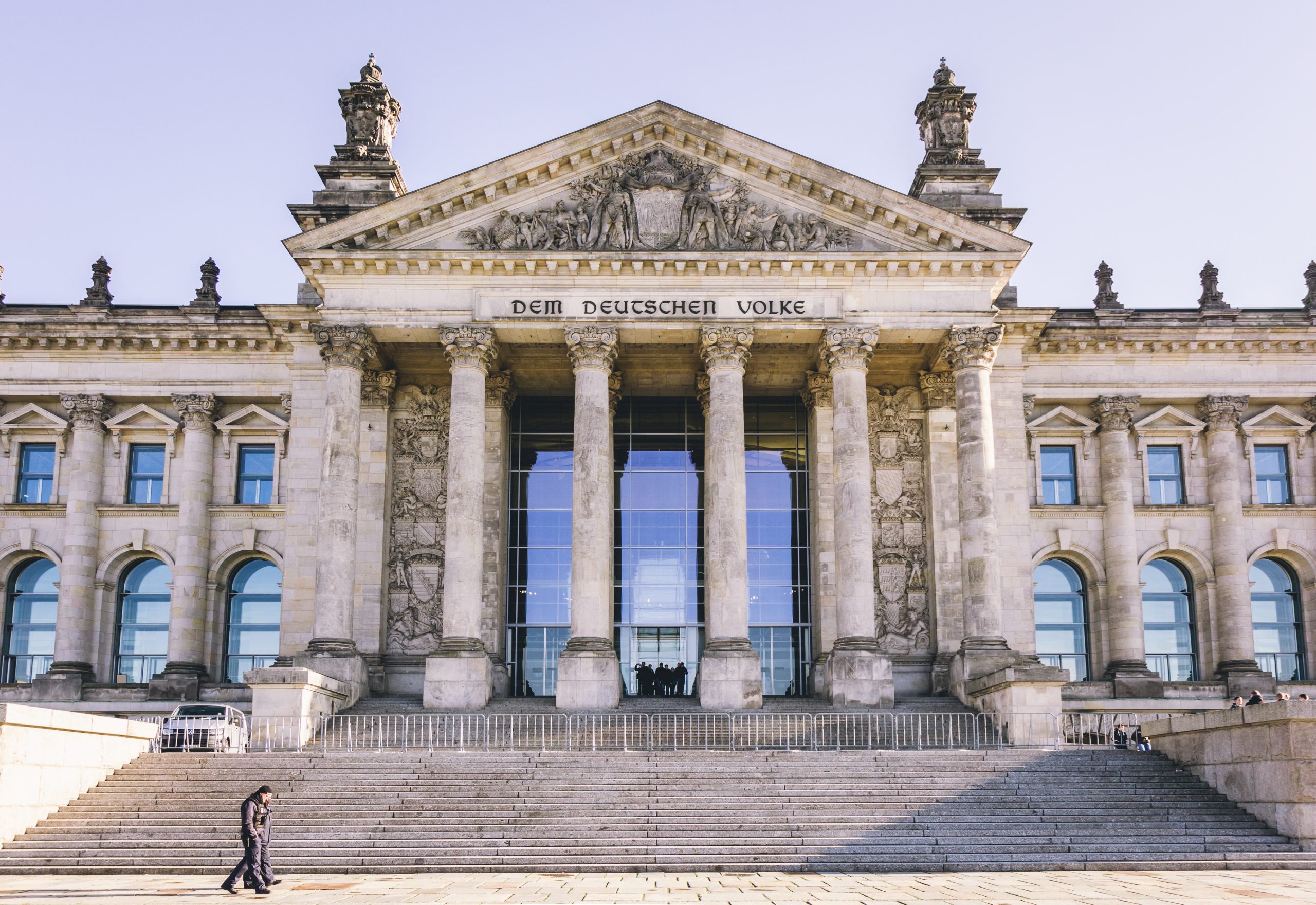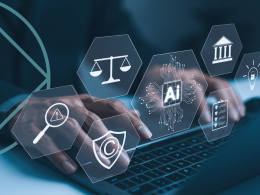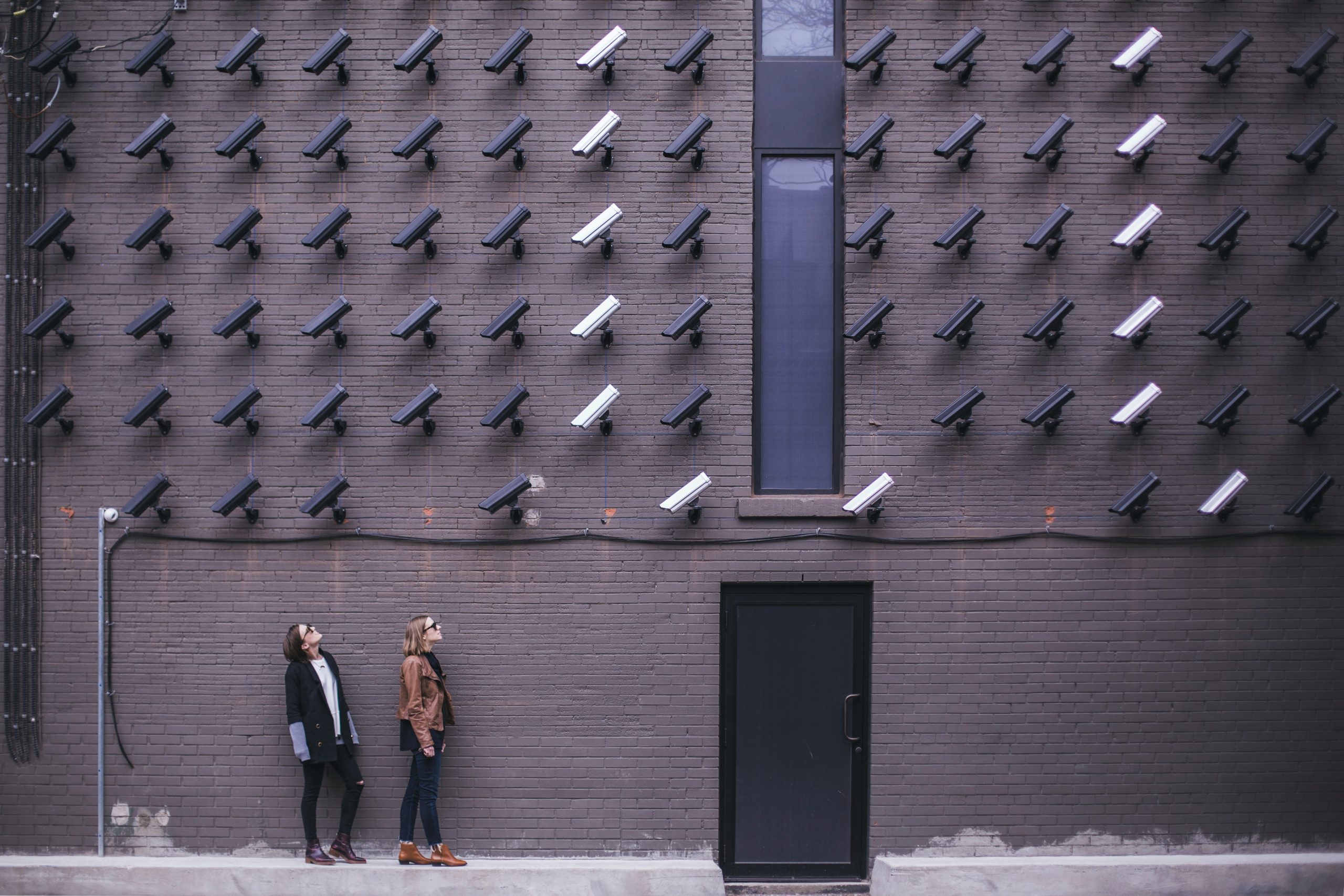Crime is a pervasive problem in many communities around the world. Governments often seek to address this issue by implementing crime-free zones, which are designated areas where law enforcement agencies work to reduce and prevent crime. Crime-free zones can take many forms, including residential areas, commercial districts, and public spaces. The primary goal of these zones is to improve public safety by reducing criminal activity and promoting a sense of security among residents and visitors.
One of the most common tactics used to create crime-free zones is the implementation of community policing. Community policing is a strategy that involves law enforcement officers working closely with members of the community to identify and address issues related to crime. This approach is based on the belief that law enforcement agencies can be more effective when they work collaboratively with community members. By building trust and cooperation between law enforcement and community members, community policing can help reduce crime and improve public safety.
Another tactic used to create crime-free zones is the implementation of surveillance technologies, such as CCTV cameras and license plate readers. These technologies allow law enforcement agencies to monitor activity in designated areas and quickly respond to potential criminal activity. However, the use of surveillance technologies can also raise concerns about privacy and civil liberties. It is important for governments to balance the need for public safety with the protection of individual rights and freedoms.
In addition to these tactics, governments may also implement measures to reduce access to firearms and other weapons. For example, some cities have implemented gun buyback programs to encourage individuals to turn in their firearms in exchange for cash or other incentives. Other cities have implemented stricter regulations on the sale and possession of firearms.
While crime-free zones can be effective in reducing criminal activity and improving public safety, it is important for governments to ensure that these measures are implemented in a way that is fair, just, and equitable. Law enforcement agencies must work to build trust and cooperation with community members, and all individuals must be treated with dignity and respect. Additionally, governments must ensure that the use of surveillance technologies and other measures do not infringe on individual rights and freedoms.
In conclusion, crime-free zones are a valuable tool for promoting public safety and reducing criminal activity. By implementing community policing, surveillance technologies, and measures to reduce access to firearms, governments can create safer and more secure communities. However, it is important for governments to ensure that these measures are implemented in a way that is fair, just, and equitable. By working collaboratively with community members and respecting individual rights and freedoms, governments can create crime-free zones that truly promote public safety.









